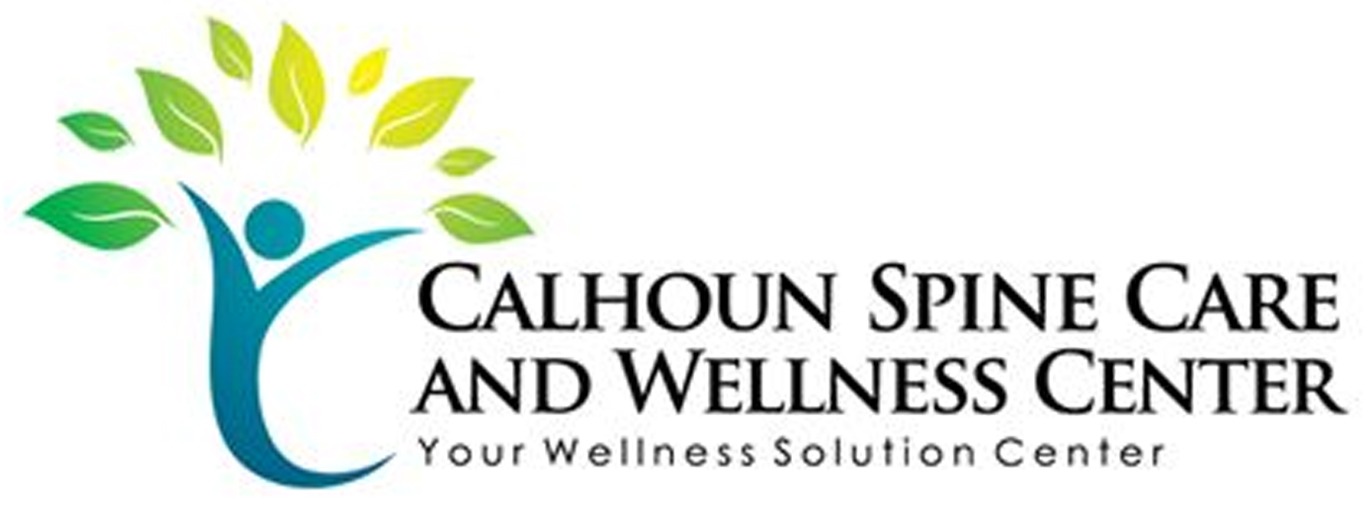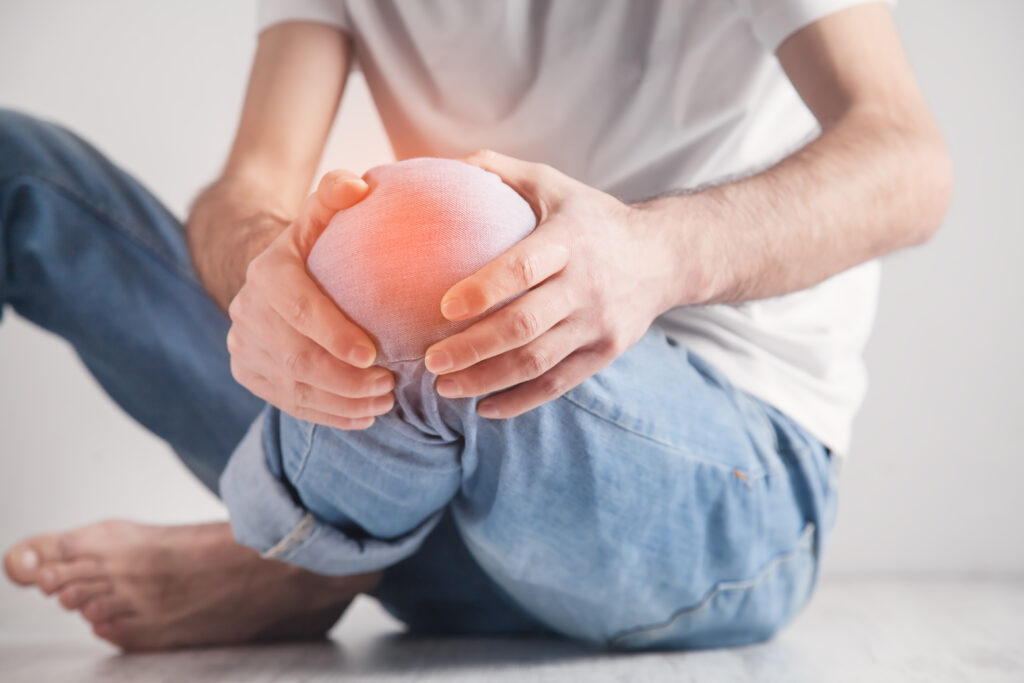If you're struggling with lower back pain, you're not alone, and finding gentle relief might be more attainable than you think. Simple stretching techniques, mindful movement practices, and a few lifestyle changes can make a significant difference in your comfort levels. By incorporating daily exercises like cat-cow and strengthening routines, you could support your spine and enhance your overall well-being. But what about the often-overlooked adjustments that can truly transform your experience? Let's explore those options to see what might work best for you.
Understanding Lower Back Pain
Lower back pain often creeps in when you least expect it, affecting your daily activities and overall quality of life. You might find it difficult to bend, lift, or even sit comfortably, which can lead to frustration.
Understanding the causes of this pain is essential. It can stem from various factors, including muscle strain, herniated discs, or underlying medical conditions.
You probably know that poor posture, especially when sitting for long hours, can contribute greatly to your discomfort. If you've been spending more time hunched over a desk or looking down at your phone, you may be putting unnecessary strain on your lower back.
Additionally, lack of physical activity can weaken the muscles that support your spine, making you more susceptible to injury.
Another common culprit is overexertion. Lifting heavy objects or engaging in intense physical activities without proper warm-up can lead to acute pain. You might also experience chronic pain due to repetitive movements or prolonged standing or sitting.
It's important to pay attention to how your body feels. If you notice sharp pain or persistent discomfort, it's wise to consult a healthcare professional.
They can help you identify the specific cause of your pain and recommend appropriate treatments. Recognizing the root of your lower back pain empowers you to take proactive steps toward recovery and helps you regain control over your daily life.
Gentle Stretching Techniques
When dealing with lower back pain, incorporating gentle stretching techniques can be an effective way to alleviate discomfort and improve flexibility. These stretches don't require intense effort, making them suitable for most people, even those with chronic pain.
Start with the cat-cow stretch. Get on your hands and knees, then alternate between arching your back towards the ceiling and dipping it towards the floor. This movement helps mobilize your spine and can relieve tension.
Next, try the child's pose. Kneel on the floor, sit back on your heels, and stretch your arms forward while lowering your chest towards the ground. Hold this position for a few deep breaths, feeling the stretch in your lower back. It's a gentle way to promote relaxation.
The seated forward bend is another excellent option. Sit with your legs extended in front of you, and gently reach towards your toes. You don't have to touch them; just go as far as you comfortably can. This stretch targets your hamstrings and lower back, encouraging flexibility.
Finally, consider the knee-to-chest stretch. Lie on your back, pull one knee towards your chest, and hold for a few seconds before switching sides. It's a simple way to relieve pressure in your lower back.
Remember to breathe deeply throughout these stretches, listening to your body's signals. Incorporating these gentle stretching techniques into your routine can lead to significant improvements in your lower back pain and overall mobility.
Mindful Movement Practices
Mindful movement practices, such as yoga and tai chi, can provide significant relief for those suffering from lower back pain. These disciplines focus on gentle, flowing movements that promote flexibility, strength, and body awareness, all of which can help alleviate discomfort. By incorporating mindful movement into your routine, you can cultivate a greater connection with your body and its needs.
When you practice yoga, you engage in poses that stretch and strengthen your back muscles. This not only helps relieve tension but also improves your posture, reducing the risk of future pain. As you move through the poses, you'll find that focusing on your breath enhances relaxation and mindfulness, allowing you to tune into areas of tightness or discomfort.
Tai chi, on the other hand, emphasizes slow, deliberate movements combined with deep breathing. This practice promotes a sense of calm while enhancing your balance and coordination. As you flow through the gentle sequences, you'll notice an increased awareness of your body's alignment, which can lead to better movement habits in daily life.
Both of these practices encourage you to listen to your body and adjust the movements as needed, helping you avoid strain. By integrating mindful movement into your routine, you not only provide relief for your lower back pain but also foster a more mindful approach to your overall well-being.
Consider setting aside time each week for these practices, and watch how your body responds positively over time.
Lifestyle Adjustments for Relief
Incorporating mindful movement practices like yoga and tai chi sets a solid foundation for making lifestyle adjustments that can further relieve lower back pain. You'll want to focus on creating a balanced routine that includes physical activity, proper ergonomics, and stress management.
Start by integrating regular, gentle exercises into your day. Activities like walking or swimming can help strengthen your back without putting excessive strain on it. Aim for at least 30 minutes of moderate activity most days.
Next, pay attention to your posture. Whether you're sitting at a desk or lifting heavy objects, maintaining proper alignment is essential. Use ergonomic furniture, adjust your chair height, and verify your workspace promotes good posture.
When lifting, bend your knees and keep the object close to your body to prevent unnecessary strain on your back.
Don't underestimate the power of relaxation techniques. Stress can manifest as physical tension, exacerbating pain. Incorporate practices like deep breathing, meditation, or even a warm bath to help release built-up tension.
Additionally, confirm you're getting enough quality sleep. A supportive mattress and a comfortable sleeping position can greatly impact your back health.
Lastly, stay mindful of your daily habits, such as how long you sit or stand. Taking regular breaks to stretch and move around can make a big difference.
Alternative Therapies to Consider
If you're looking for relief from lower back pain, alternative therapies like acupuncture and chiropractic adjustments might be worth considering.
Acupuncture can help by targeting specific pain points, while chiropractic care focuses on aligning your spine to improve overall function.
Exploring these options could lead you to the relief you're seeking.
Acupuncture for Pain Relief
Acupuncture, an ancient practice rooted in Traditional Chinese Medicine, offers a unique approach to alleviating lower back pain. This technique involves inserting thin needles into specific points on your body, which may help restore balance and promote natural healing.
Many people find that acupuncture not only relieves pain but also enhances their overall well-being.
If you're considering acupuncture for your lower back pain, here are some benefits you might enjoy:
- Pain Relief: Many patients report significant reductions in pain levels after treatments.
- Increased Mobility: Acupuncture can help improve your range of motion, making daily activities easier.
- Reduced Muscle Tension: The treatment may help relax tight muscles, easing discomfort.
- Stress Reduction: The calming nature of acupuncture can also lower stress and anxiety, which often contribute to pain.
- Holistic Approach: Acupuncture addresses the root cause of pain rather than just masking symptoms.
Before starting treatment, it's a good idea to consult with a qualified practitioner.
With the right approach, acupuncture could be a gentle and effective solution for your lower back pain.
Chiropractic Adjustments Benefits
Chiropractic adjustments can offer a powerful way to tackle lower back pain by realigning the spine and improving overall function. When you visit a chiropractor, they'll assess your posture and spinal alignment, identifying areas that may be causing discomfort.
With precise adjustments, they help restore balance, which can lead to reduced pain and improved mobility. You might notice immediate relief after your first session, but many people benefit from a series of adjustments.
These treatments not only alleviate pain but also enhance your body's natural healing processes. Regular visits can help prevent future issues by keeping your spine aligned, reducing muscle tension, and improving circulation.
Additionally, chiropractic care emphasizes a holistic approach. Your chiropractor may suggest lifestyle changes, exercises, or stretches tailored to your specific situation, empowering you to take an active role in your recovery.
Plus, chiropractic adjustments are generally considered safe, with minimal side effects compared to some medications.
Creating a Personalized Routine
Creating a personalized routine for managing lower back pain often involves a combination of exercises, stretches, and lifestyle adjustments tailored to your specific needs.
Start by evaluating your current pain levels and daily activities. This will help you identify which movements aggravate your pain and which ones provide relief.
Next, incorporate gentle exercises that strengthen your core and improve flexibility. Focus on low-impact activities like walking, swimming, or cycling to keep your body active without straining your back.
Stretching is equally important; make sure to include stretches that target your lower back, hips, and hamstrings. These can help alleviate tension and improve your overall mobility.
Consider making lifestyle adjustments as well. Pay attention to your posture when sitting or standing and invest in ergonomic furniture if necessary. Staying hydrated and maintaining a balanced diet can also contribute to your overall well-being, which may reduce pain perception.
Here are some key elements to include in your routine:
- Daily gentle stretching: Incorporate stretches specifically for the lower back and hips.
- Strengthening exercises: Focus on core stability with exercises like planks or bridges.
- Regular low-impact cardio: Engage in activities like walking or swimming for at least 30 minutes a few times a week.
- Mindfulness practices: Consider yoga or meditation to help manage stress and pain perception.
- Posture awareness: Check your alignment throughout the day and adjust your workspace if needed.
Conclusion
Incorporating gentle stretching, mindful movement, and lifestyle adjustments can make a big difference in managing lower back pain. By practicing techniques like yoga and core stability exercises, you'll not only find relief but also strengthen your back for the future. Don't forget to explore alternative therapies that might suit you. Create a personalized routine that fits your lifestyle, and you'll be on your way to a more comfortable, pain-free life. Take control of your back health today!



